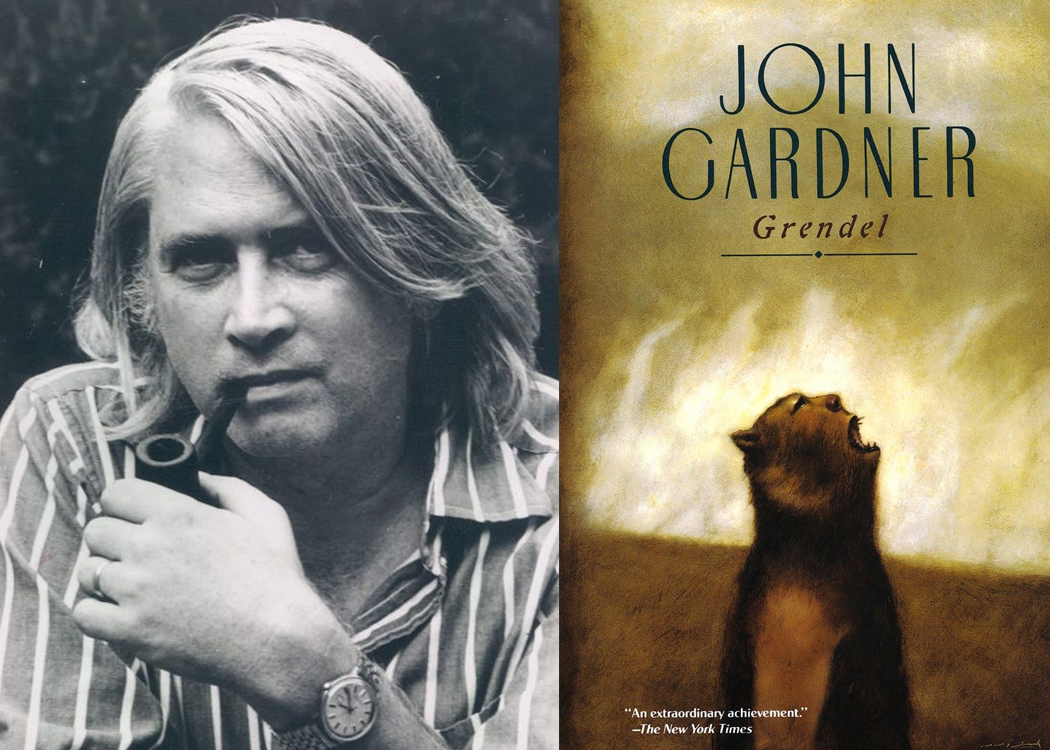
“One thing investigators of the psychology of creative people have demonstrated beyond doubt in the past thirty years is that creativity has something to do with obsession. The demons of Poe, Van Gogh, and Liszt are not exceptions but extreme cases of the rule. The tensions we find resolved or at least defined and dramatized in art are the objective release of tensions in the life of the artist. This shouldn’t surprise us — indeed, it shouldn’t make us bat an eye. It does not, in itself, make the artist very different from other productive men and women. This is not necessarily to say — as Freud seemed to say, though he may not have meant it — that art is sick; and certainly it is not to say, as Freud occasionally seemed to say, that the artist has no idea what he’s doing. Art begins in a wound, an imperfection — a wound inherent in the nature of life itself — and is an attempt either to learn to live with the wound or to heal it. It is the pain of the wound which impels the artist to do his work, and it is the universality of the woundedness in the human condition which makes the work of the art significant as medicine or distraction.”
— John Garner, On Moral Fiction
I don’t think Gardner or Freud was saying that art or artists are “sick” – although some were and are. I do believe Gardner touched upon an underlying truth about why artists (not all since “art” varies) feel the need to create. As he states, “It is the pain of the wound which impels the artist to do his work.” I can relate to this. The artist is attempting, whether consciously or subconsciously, to understand that wound or imperfection and thereby through his art have it become a form of “medicine or distraction.”
“The organized and intelligent fictional dream that will eventually fill the reader’s mind begins as a largely mysterious dream in the writer’s mind.”
— John Garner, The Art of Fiction
“Each tension seeks its own proper end, release, and relaxation. No tension, it follows, aesthetically as well as practically, must be built which remains unreleased. Without this, any art ends incomplete, halfway to its goal. And in real life, as we know, the failure to relax a particular tension can lead to madness.”
— Ray Bradbury, Zen in the Art of Writing

“Tension,” said Doberman. “That is the strange irony behind all of the amazing music this instrument can produce.”
“How do you mean?” said Bristol.
“The spectrum of vibrations from coiled strings.”
He placed the violin to his chin. He raised the bow.
“Which can be harmonious.”
He demonstrated.
“Or discordant.”
He made a scraping noise.
“Lovely.”
—excerpt from Portrait of a Rainbow as a Young Man

“Do you believe in an afterlife?”
Mira gives it some thought. “I’m not sure. Do you?”
“We’re like snakes shedding our skins. Or butterflies yet to be, lost in the fog of our cocoons.”
“In a state of transition?”
“Metamorphosis, sure. Maybe God is going through one too. Transforming from a Him to Her, or something else. Who knows?”
“And you believe there’s a God?”
“Until proven otherwise, why not? We have mobility. But we’re still inside a womb. And all the screaming pain we hear inside our head, it’s like birth pangs.”
“What kind of screaming?”
“The kind Zeus felt right before his son split his head open with a mallet and out popped Athena in all her brilliance.”
—excerpt from God, Sex & Psychosis

Angelo walked to the end of the rock and set down his backpack, waiting for Kat to arrive. She took baby steps toward the edge.
“This is a scary place.”
“Place is a state of mind. Where we reside at a given moment is not exclusively external. Words create reality too. Pleasure. Pain. Euphoria. Heartbreak. Optimism. Fear. Rapture. Metamorphosis. A Quantum Leap. These are all places. Transitional states of mind. There is no certainty where we will be next. Each moment is now. Reality amounts to flickering lapses in time, as infinite layers of now. And with this constant motion we think of ourselves as being at rest. When in actuality we are zooming through space.”
—excerpt from Heretofore

Mortimer opened his palm to reveal a pearl. “Pearls grow by forming layers around an irritating grain of sand. Fancy that. An irritant causing such beautiful form to evolve. The outer layer is always the most visible. It represents present time. But each layer – what has passed and what will come – represents a transparent point. Time has a predictable pattern but is never fully known, until fully formed. And since time is in constant flux, it can be reviewed, revised, even changed. Know that.”
—excerpt from Exploits of the Satyr
